Small Palm Trees For Even The Tiniest Yards And Gardens
Small palm trees add beauty and drama to small space gardens, giving them a tropical ambiance. Learn how to choose the best mini palm trees.
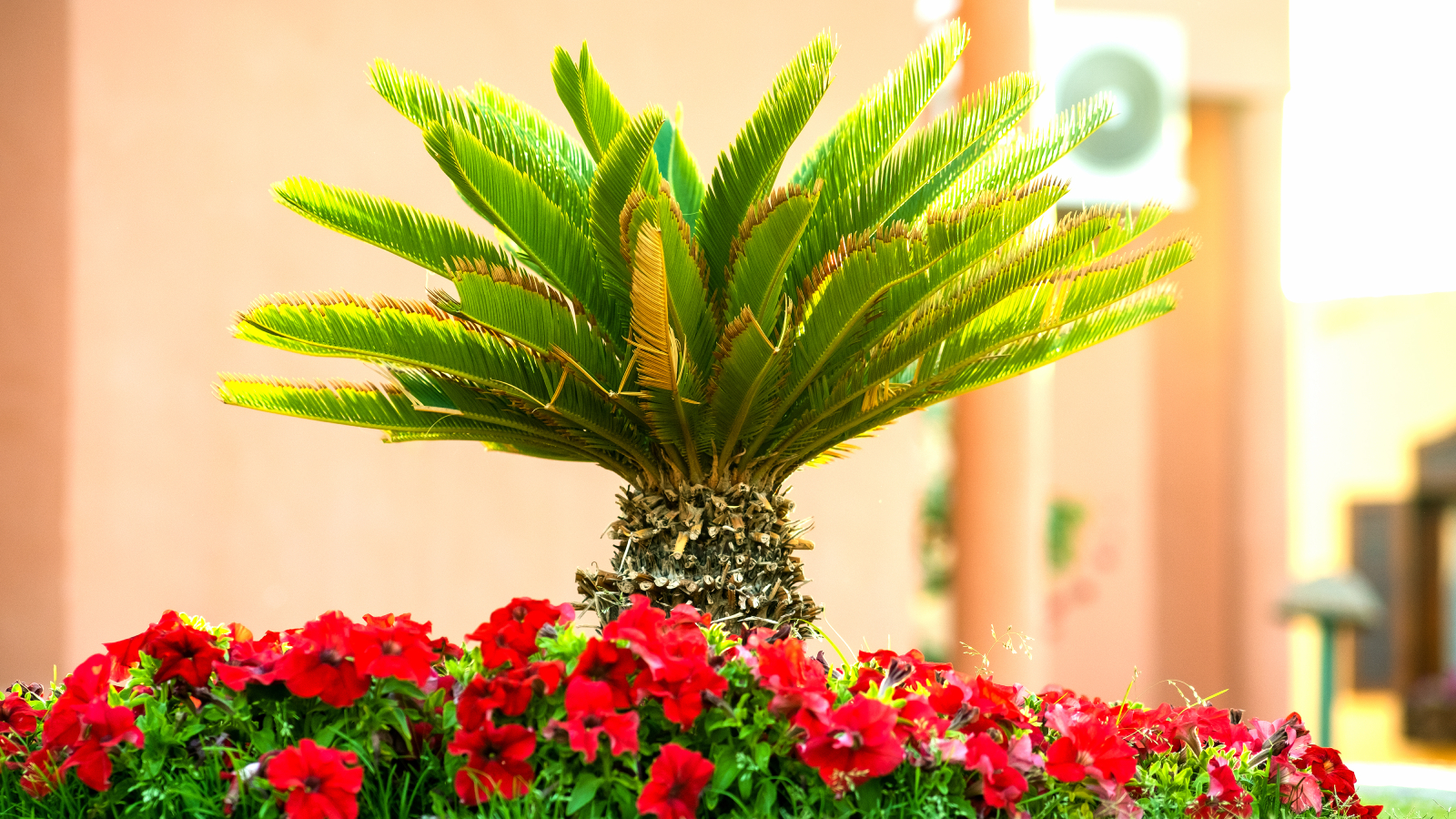
Few plants match the tropical appeal of small palm trees for tiny outdoor spaces. The bigger, taller palm tree species are exceptional for defining larger landscapes or creating impressive skyline verticals, but they are usually oversized for ordinary home gardens. Fortunately, smaller palm species can work well in any compatible climate, offering grace, shade, and a touch of the tropics.
Short palm trees are not bonsai-small. Rather, typical small palm trees might grow to between 6 and 20 feet (1.8 to 6 m) tall, a perfect size for an average backyard. Read on for information on how to select “mini” palm trees that will work well in your garden.
Choosing a Small Palm Tree for Your Space
When choosing a small or dwarf palm you will want to consider a variety of factors. The first is the suitability of the site. Before falling in love with an attractive baby palm tree, consider your climate and hardiness zone. Knowing the hardiness zone for your neighborhood and selecting a tree hardy to that zone means less worry about winter damage.
Other relevant factors include the duration of winter, the maximum temperature in the daytime, the sun exposure the site offers, and the amount of wind the plant may face there. Most palms, large and small, appreciate a location with warm temperatures, sunshine, and moist tropical air.
Another important consideration is the mature height and spread of the tree. When choosing a site, be sure to look up as well as from side to side. For example, never plant a palm under a relatively low electrical wire.
Finally, determine how much time and energy you have for maintenance of the tree. All palms require some care, including irrigation and pruning. But slower-growing small palms tend to require less than fast-growing species.
Small Palm Tree Features
Height is not the sole distinguishing characteristic of palm species. Another matter to keep in mind is leaf form. Some palm trees have pinnate leaves that are shaped like bird feathers. These are termed “feather palms.” Others have leaves in a palmate form and are called “fan palms.” Both can be lovely, but if you have one in mind, be sure that the dwarf palms you select have that leaf form.
Gardening tips, videos, info and more delivered right to your inbox!
Sign up for the Gardening Know How newsletter today and receive a free copy of our e-book "How to Grow Delicious Tomatoes".
Another difference in palm species involves the shape of the tree. Tall palms all have a single trunk topped by the foliage, and some small palms do as well. These resemble trees and are the species usually referred to as “trees.” But there are dwarf palms that grow low to the ground with a number of trunks. These look like shrubs and are called bush palms.
Small Types of Palm Trees
f you have decided that a small palm is exactly what your landscape requires and you live in a reasonably mild climate, you will find many options to consider. Here are a few popular choices.
The dwarf date palm (Phoenix roebelenii) is a tree variety that grows to about 6 feet (1.8 m) tall and 5 feet (1.5 m) wide and has fine leaves appearing in fans. This attractive plant grows slowly and requires protection from hot afternoon sun and winter cold drafts. The edible fruits are purple drupes.
This palm, like many others, requires moist well-drained soil. If grown in a container, keep in mind that it prefers to be slightly root-bound. It thrives outdoors in USDA zones 10 through 11.
Dwarf palmetto is a small species of bush palm that stays at 10 feet (3 m) or less in height. It is hardy in USDA zones 7 - 10 but may need winter protection in cooler winters. A slow-growing palm with fan leaves, dwarf palmetto offers fragrant blossoms in summer. These attract pollinators and develop into ripe berries that provide nurture to wildlife. This is one dwarf palm that can tolerate poorly drained soils.
Windmill palm (Trachycarpus fortunei) is a lovely small palm for residential landscapes. It grows to between 10 and 15 feet (3 and 4.5 m) tall with short, stiff fronds that look somewhat like a windmill. Its trunk is unique in that it is covered in hairy fibers. Grow this small palm tree in partial sun in the South and full sun in the North.
Some palms are native to the United States. Needle palm (Rhapidophyllum hysterix) is one of them. It is a bush palm with palmate leaves that grows slowly to 6 feet (1.8 m) tall and 8 feet (2.5 m) wide. Its thick trunk supports the large, glossy, palmate leaves measuring up to 30 inches (76.2 cm) across. Leaf segments are arranged like a fan, while the needle-like spring up to 6 inches (15 cm) long and grow around the base of the palm.
In the summer, clusters of yellow flowers appear in the leaf sheaths. They develop into reddish drupes in autumn. It is hardy in USDA zones 6b - 10b.

The only child of a horticulturist and an English teacher, Liz Baessler was destined to become a gardening editor. She has been with Gardening Know how since 2015, and a Senior Editor since 2020. She holds a BA in English from Brandeis University and an MA in English from the University of Geneva, Switzerland. After years of gardening in containers and community garden plots, she finally has a backyard of her own, which she is systematically filling with vegetables and flowers.
-
 4 Superfast Composting Methods: Turn Waste Into Garden Gold In 30 Days Or Less
4 Superfast Composting Methods: Turn Waste Into Garden Gold In 30 Days Or LessTry the fastest composting methods to turbocharge your pile and transform kitchen scraps and garden waste into finished compost in just a few weeks.
By Mary Ellen Ellis
-
 Best Spider Plant Soil – Complete Soil Guide And Expert Tips For Keeping Plants Happy
Best Spider Plant Soil – Complete Soil Guide And Expert Tips For Keeping Plants HappySpider plants are fun and easy plants to grow, but what is the best soil for a spider plant? Selecting the right soil is important so they can thrive.
By Bonnie L. Grant
-
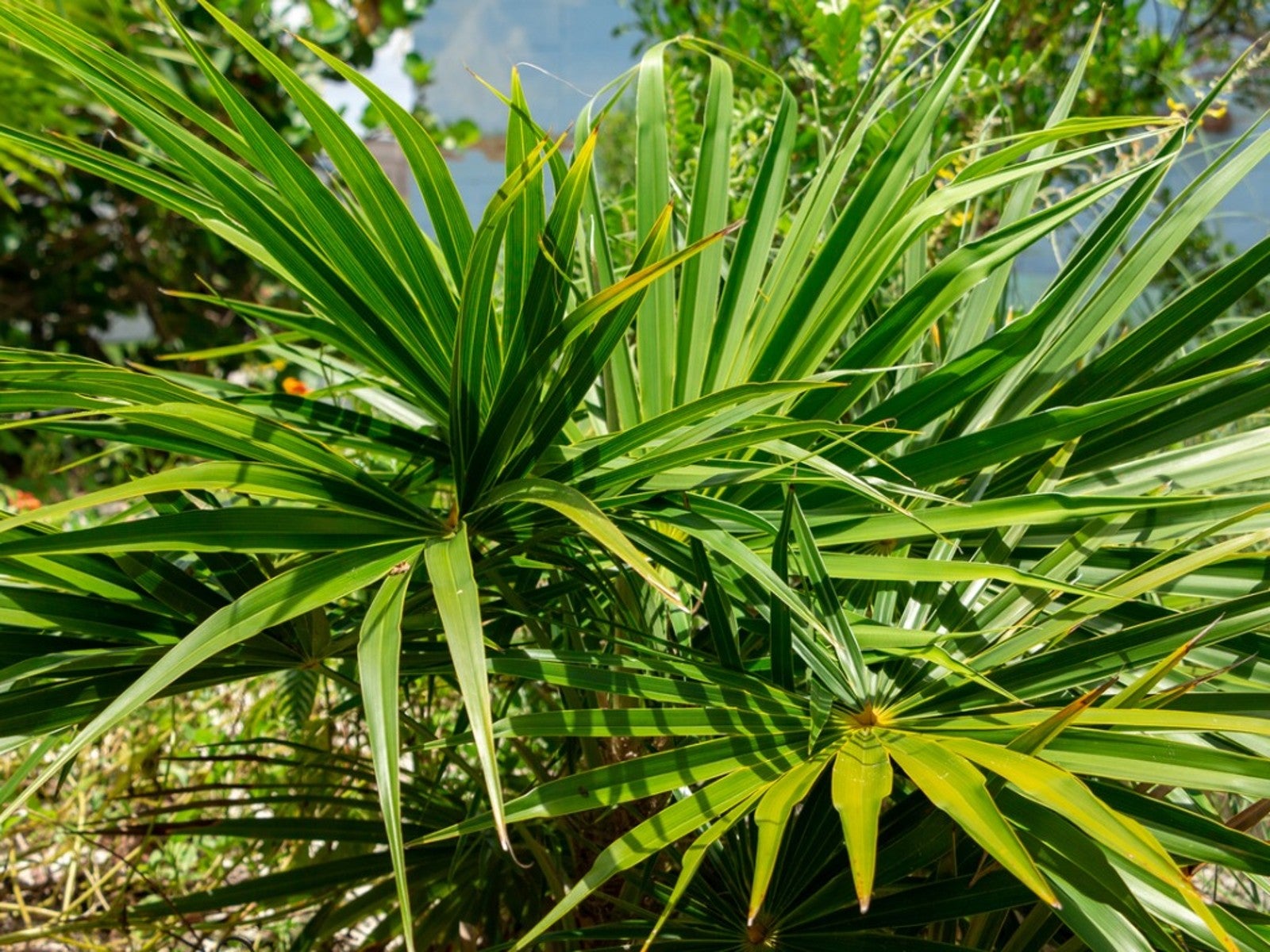 Florida Thatch Palm Facts – How To Grow Florida Thatch Palm Trees
Florida Thatch Palm Facts – How To Grow Florida Thatch Palm TreesGrowing Florida thatch palms is not difficult in the right climate. If these trees interest you, read on for more Florida thatch palm facts.
By Teo Spengler
-
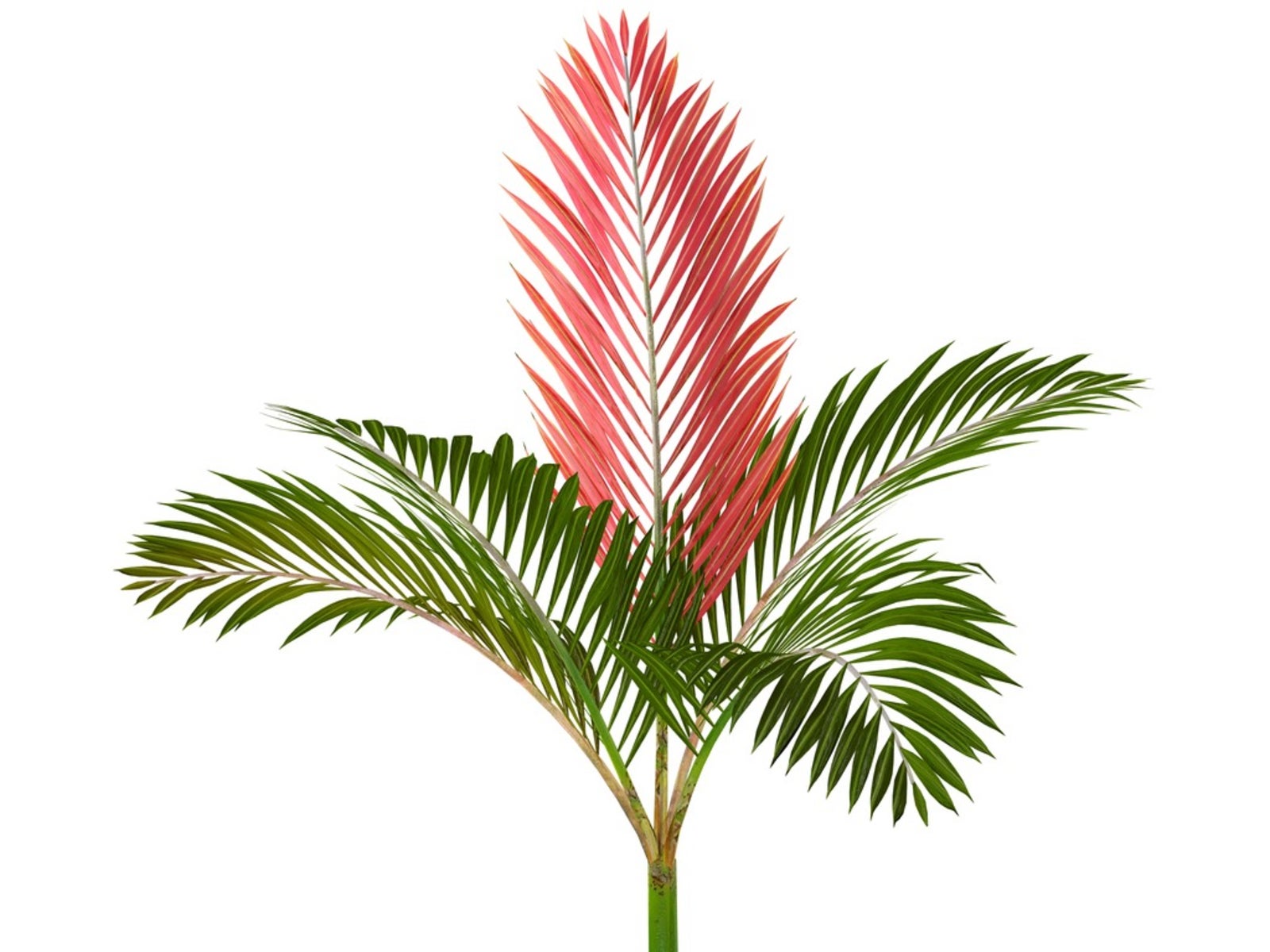 Red Leaf Palm Information – Learn About Growing Flame Thrower Palms
Red Leaf Palm Information – Learn About Growing Flame Thrower PalmsRed leaf palms are exotic and beautiful trees with leaves that grow in scarlet. If you’re thinking of growing these trees, click here for more information on red leaf palm care.
By Teo Spengler
-
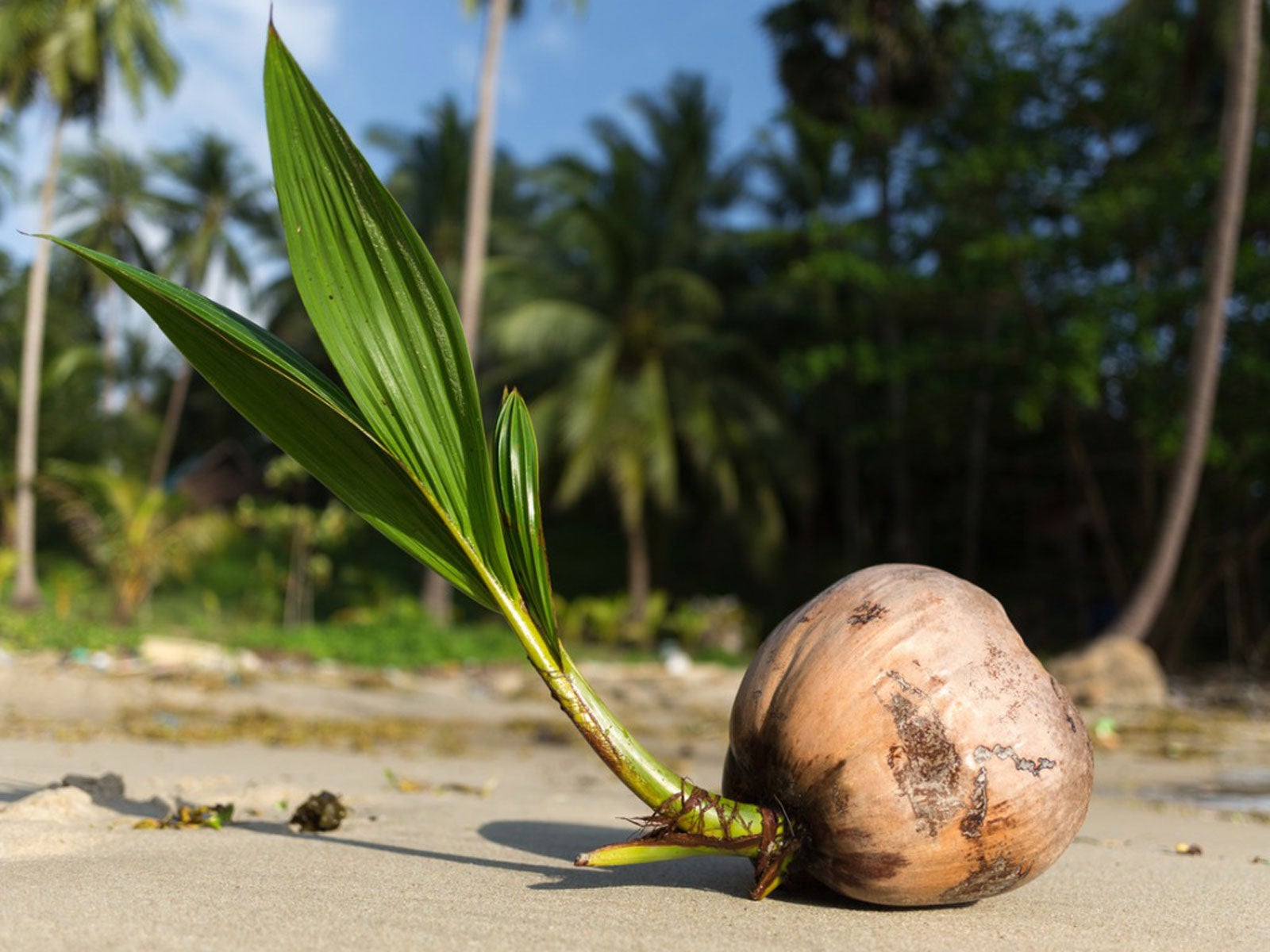 Palm Tree Seed Germination: What Does A Palm Tree Seed Look Like
Palm Tree Seed Germination: What Does A Palm Tree Seed Look LikePalm tree seed germination is not a matter of weeks but months or even years. Click here for more information on growing palms from seed.
By Teo Spengler
-
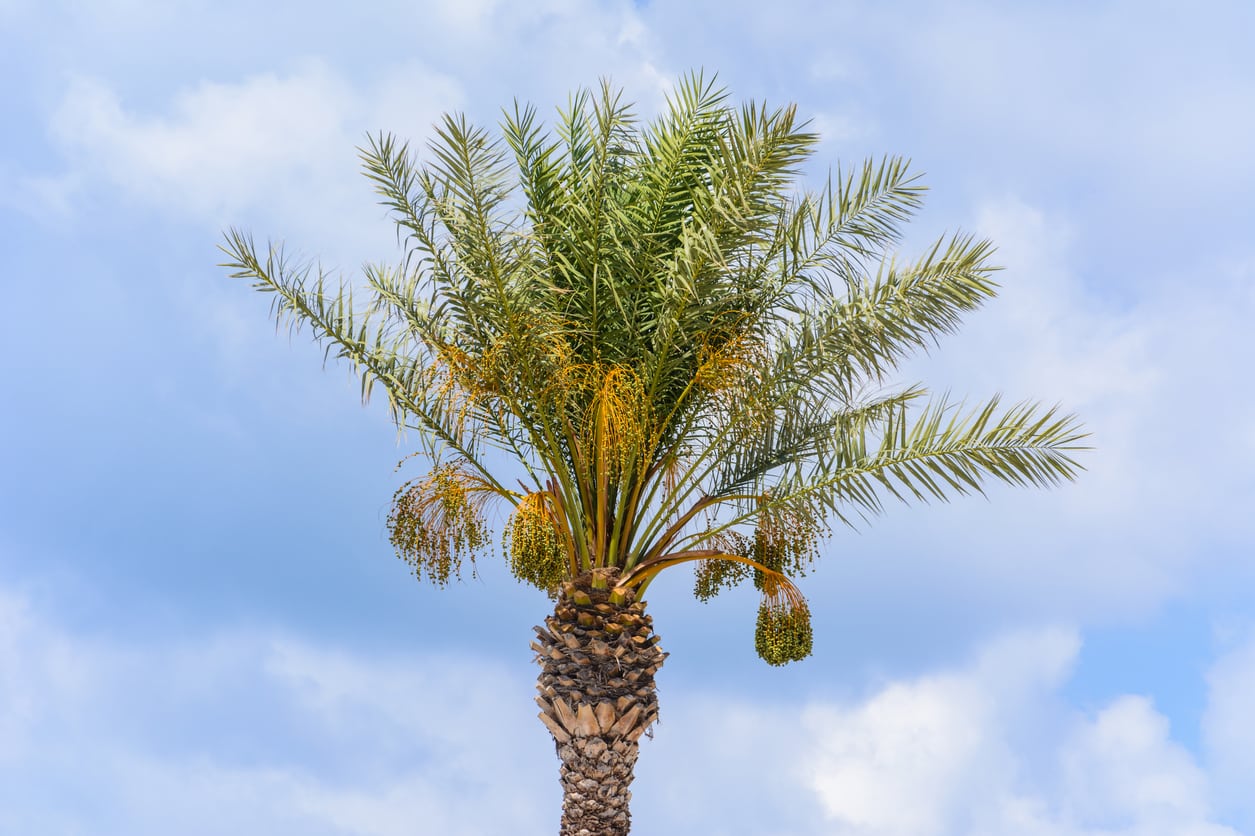 Feeding A Palm Tree: Learn How To Fertilize Palms
Feeding A Palm Tree: Learn How To Fertilize PalmsPalm trees are planted as specimen plants for their exotic, tropical look. However, palm trees have high nutritional demands and the calciferous, sandy soil they’re normally grown in cannot always accommodate these needs. Click here to read more about fertilizing palm trees.
By Darcy Larum
-
Pink Rot On Palms: Tips For Treating Palms With Pink Rot Fungus
Pink rot fungus is a palm tree disease that infects damaged or weakened palms. Like many fungi, it is easier to prevent than it is to treat. Here are some tips on dealing with pink rot on palms. Click this article to learn more.
By Jackie Carroll
-
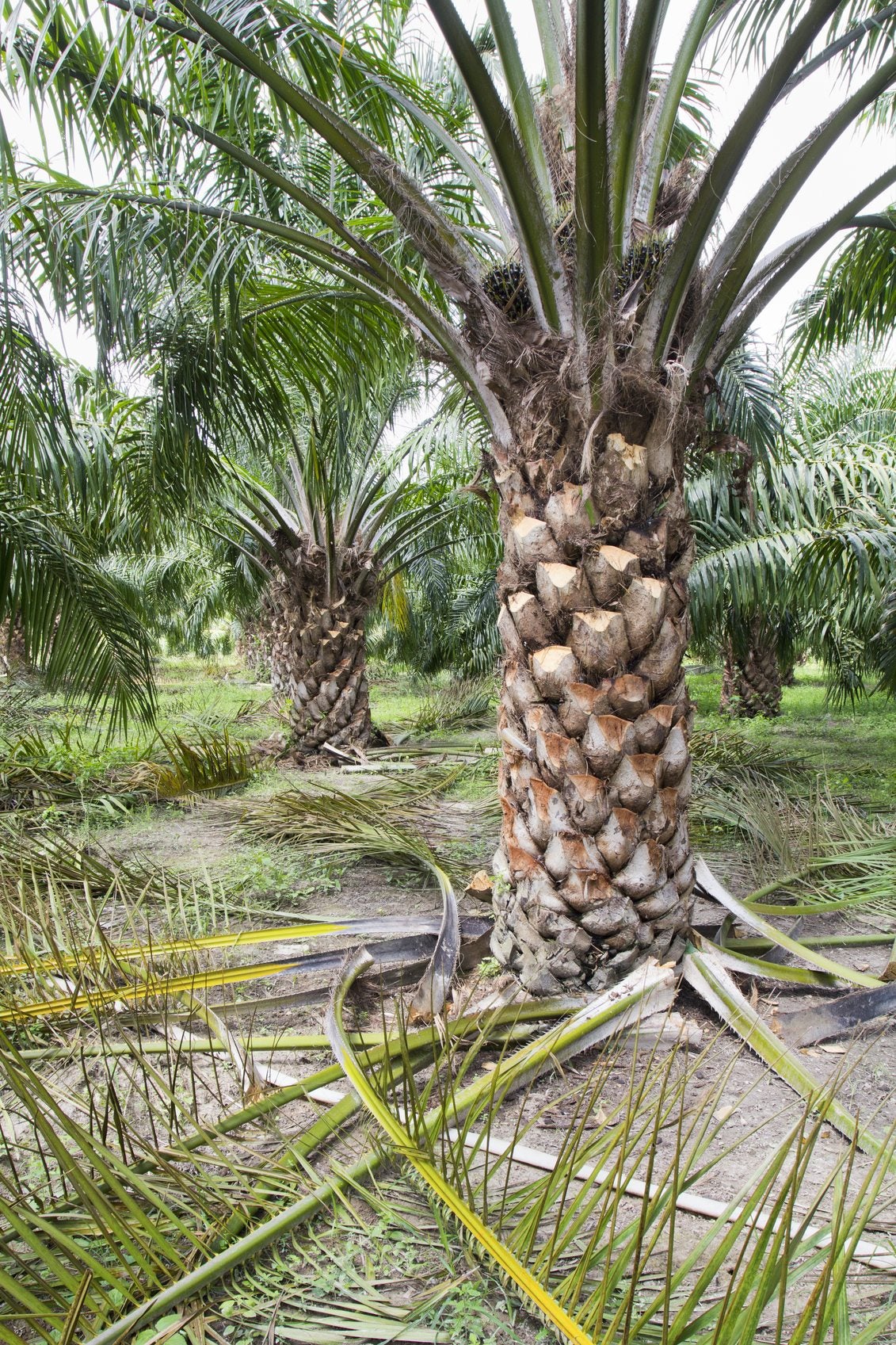 Pruning Palm Plants: Tips On Cutting Back A Palm Tree
Pruning Palm Plants: Tips On Cutting Back A Palm TreeCutting back a palm tree will not make it grow faster. This myth has caused gardeners to do extensive palm tree pruning that doesn't help and can hurt the tree. If you want to know how and when to prune a palm tree, this article will help.
By Teo Spengler
-
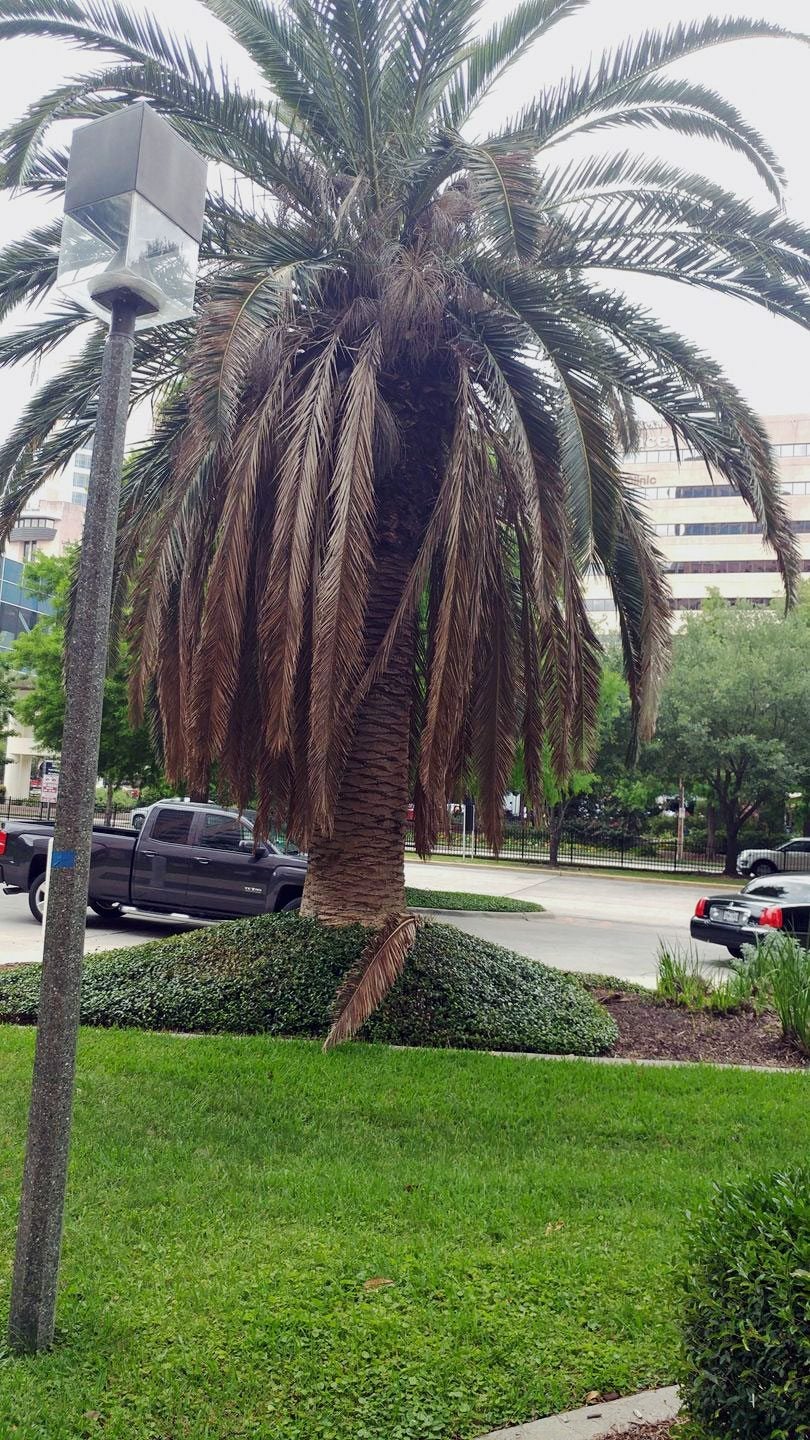 Palm Tree Dropping Fronds: Can You Save A Palm Tree Without Fronds
Palm Tree Dropping Fronds: Can You Save A Palm Tree Without FrondsThere are a number of reasons for palm tree fronds falling off, from natural "cleaning" to damaging cultivation, disease, and pest issues. If there are no fronds on a palm tree, the plant may be in real trouble but it is possible to still save it. Learn more here.
By Bonnie L. Grant
-
 What Is Lethal Yellowing Disease: Learn About Lethal Yellowing Of Palms
What Is Lethal Yellowing Disease: Learn About Lethal Yellowing Of PalmsLethal yellowing is a tropical disease that affects several species of palm. This disfiguring disease can devastate landscapes in South Florida that rely on palms. Find out about lethal yellowing treatment and detection in this article.
By Jackie Carroll

